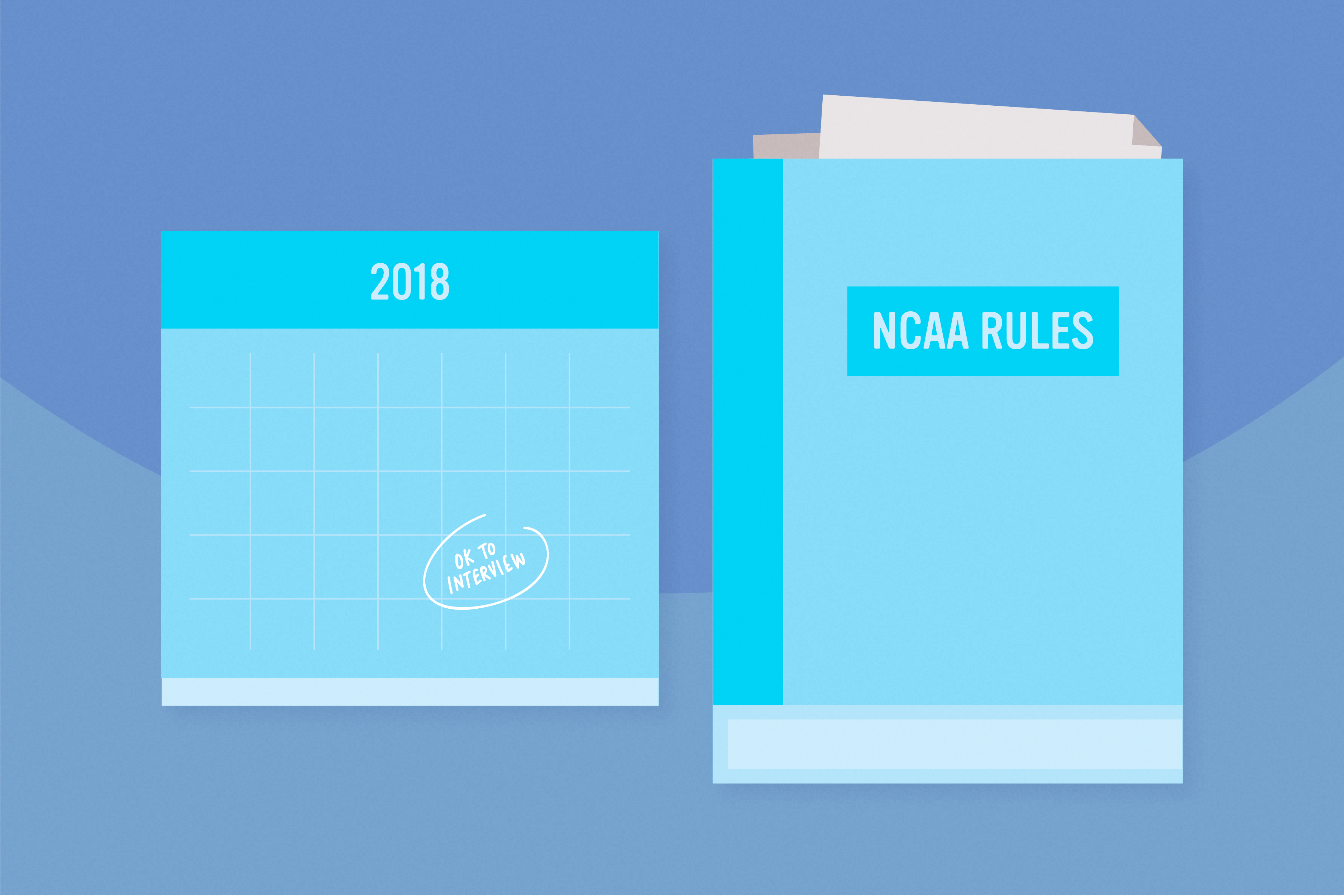
NCAA guaranteed student-athletes more time away from sports in 2017-18 season
Last year, time demands from student-athletes had the NCAA concerned about the student-athlete experience and prompted the NCAA Student-Athlete Advisory Committee to advance legislation to restrict athletically related activities for a set amount of days, adding to the time-off requirements already in place in the form of time management plans.
These new time management regulations were adopted at the 2017 NCAA Convention, and were put into effect for the 2017-18 academic year — UC Davis Athletics Compliance oversaw the implementation.
The Aggie spoke with the assistant directors of compliance services, Lydian Sandlin and Ryan Qualls, who were prepared with the NCAA bylaws, to discuss how this will affect Division I programs at UC Davis.
Qualls and Sandlin explained that student-athletes are already required to take one day off out of every week while their sport is in season, and two days off every week while their sport is out of season. The new requirement added a mandatory week off after a final competition and another 14 days free from any athletics related activity, which includes things like practice, conditioning or team promotional activities and media events.
“I personally call them holy days off because the only thing you can do is something health related — physical therapy or a doctor’s appointment.” Sandlin said. “Or academically related, so you can go see an academic advisor.”
As for the additional 14 required days off, Qualls added they could be used at the student-athlete’s discretion.
“Those can be sprinkled in throughout [the] in season or off-season,” Qualls said.
The legislation is a response to previous NCAA discussions about the time demands of Division I athletics. Around 50,000 people involved with Division I athletics were surveyed and committees built legislation designed to give student-athletes a break when they need it.
“It’s designed to benefit the student-athlete and to give them more time to be able to have a more successful and flexible schedule with college and balancing college and athletics,” Qualls said. “So it’s an extra day to get student-athletes rest and recovery ample study time for tests and quizzes, ample time to do their homework.”
Sandlin noted that athletically related activities have become more defined under the new requirements.
“Now it’s more strict on [days off] being completely off.”
Because, as Sandlin added, before the new rules UC Davis Athletics could ask student-athletes to do things like a media interview, despite it being their day off.
It hardly needs saying that UC Davis holds its students to a high academic standard, being ranked 29th in the nation and 42nd internationally by the Center for World University Rankings, including student-athletes. Seven of UC Davis’ sport programs received a Public Recognition Award from the NCAA for being in the top 10 percent of their respective sports academically. In light of UC Davis’ academic achievements, adopting these new rules seems hardly useful.
Although the NCAA only required the Power Five conferences to opt in, the Big West Conference voluntarily opted in, forcing UC Davis to comply with the legislation.
Sandlin brought up UC Davis’ unique academic culture and that coaches and student-athletes are sensitive to the academic rigor.
“I think a lot of our coaches and our students are very aware that this is a high-level academic institution,” Sandlin said. “So our coaches will say ’hey you know what, it’s midterms we’re going to take two days off, it’s finals week we’re going to take three days off’.”
Sandlin has noticed a mixed student-athlete response to the new time requirements.
“It’s a little bit more mixed in my opinion because some soon athletes are like ‘hey I don’t really like it,’” Sandlin said.
According to Sandlin, this is because it sometimes causes some teams to pack their schedule to accommodate the new requirements, so that practices aren’t sacrificed.
“So it’s a two-sided coin,” Sandlin said.
It’s too early to tell how it has impacted student-athlete GPAs, says Sandlin, and only time will tell how it affects athletic and academic performance, if it does at all.
Written by: Bobby John — sports@theaggie.org



